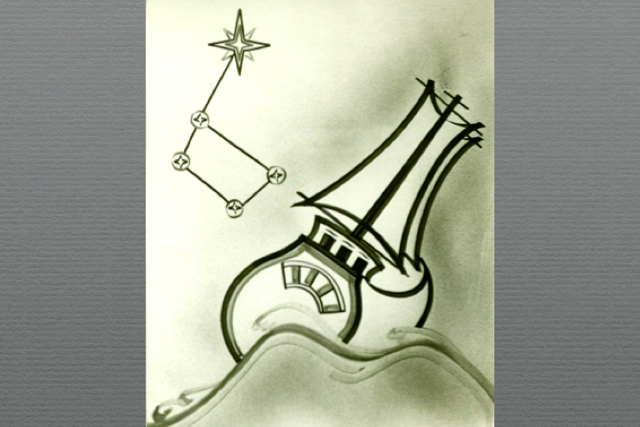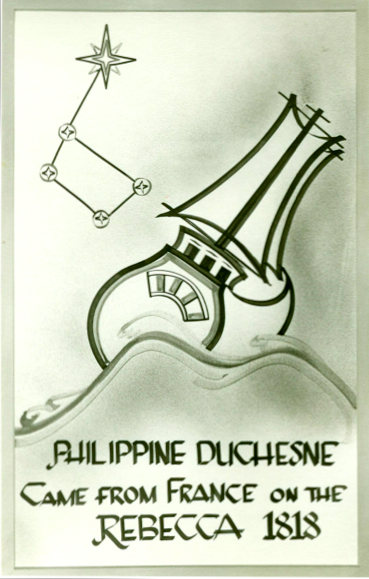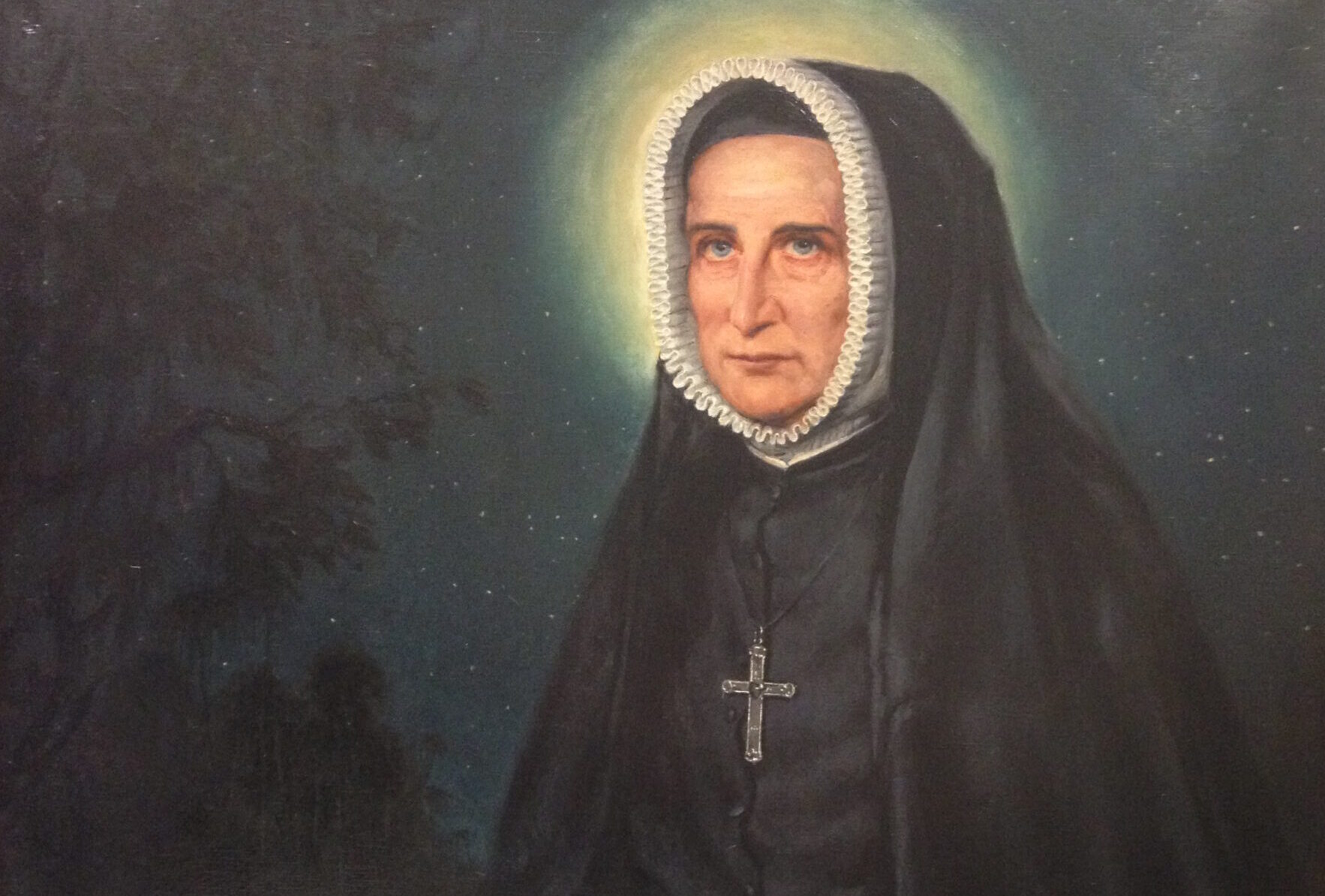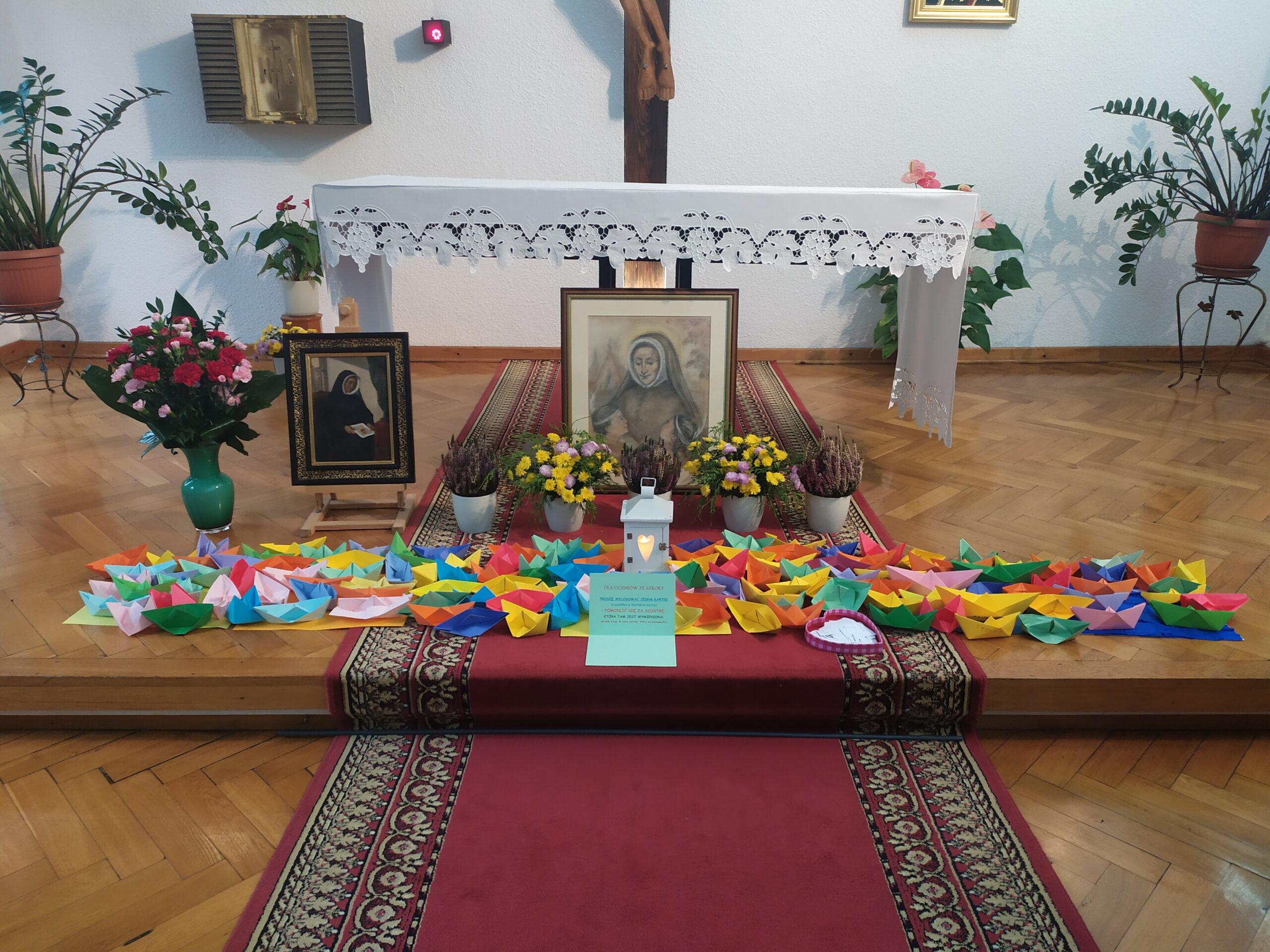Eugénie Audé was born into a noble family at Moutiers in 1791. She was a novice in Grenoble in 1815, was in Paris soon after the foundation, “still bringing with her the manners and affected speech of the world,” but experienced a complete conversion there after a retreat, and went to the foundation of Quimper while still a novice. She made her first vows there June 12, 1817. She expressed to Philippine a desire to go to America and was probably the only one of the companions who did so. She made her final profession in Paris at the age of 27—on the morning of their departure. She and the novice Mary Layton struck out from Florissant in 1821 to make the foundation at Grand Coteau in 1821. Very successful there, Eugénie went on to found Saint Michael, Louisiana, in 1825, and was successful superior there until she was named assistant general for America, went to France and never returned. She died as superior at the Trinità dei Monti in Rome on March 16, 1842, age 51 (while Philippine was spending her happy year at Sugar Creek), and is buried under the high altar of the church.
Octavie Berthold was born of a Calvinist family in Geneva in 1797. She converted to Catholicism at an early age and entered the Society at Grenoble. She was said to be very beautiful and fluent in Latin, Italian, and English. She made her first vows in Paris on February 5, 1817, so she was already living with Philippine, who had been in Paris from 1815. She made her final profession at the age of 21, just one year later, on February 3, 1818, five days before the missionary band left Paris. When Philippine moved to begin the City House in Saint Louis in 1827, Octavie became superior in Florissant. By that time, she was already afflicted with a malignancy of the face or throat and bore heroically several years of great suffering. She died September 16, 1833, at the City House at age 36, the first of the original band to die.
Less is known about Marguerite Manteau (1779-1841). She entered at Poitiers in 1808, made her first vows there September 21, 1809, and was professed there on October 8, 1810. She was not with the band who left the motherhouse in Paris, but joined them in Poitiers on the way to Bordeaux, age 39, so she was probably not known to the others before then. She went to Grand Coteau in 1824 and spent the rest of her life there, dying on July 4, 1841, age 62, during the year that Philippine was at Sugar Creek. Marguerite had been the most fearful from the beginning and spent her last years in dementia.
Catherine Lamarre (1779-1845) entered the Society at Amiens, made her first vows there November 21, 1806, and was professed there March 1, 1816. She too was 39 at the time of departure from Paris. In 1827 she went with Philippine to the City House, and died at Florissant July 5, 1845, age 66. Philippine, the oldest at age 48 at the time of departure, was the last to die, in 1852 at age 83.
Accompanying the RSCJ on the ship was Father Bertrand Martial (1770-1832), who took the role of chaplain and director, later writing to Sophie to reproach her for “having humiliated me for seventy days by putting under my guidance women whose virtue surpasses my power of expression.” He was later vicar general for a time in New Orleans. With him was seminarian Xavier Evremond-Harissart (1792-1859), on his way to ordination by Bishop Dubourg and service in America until he returned to France in 1844.
Other details reported: there were Protestants aboard who attended their Mass. The captain was Mr. Le Torneur. Catherine Lamarre befriended his little son, who seems to have been with them on the ship with his dog, Carlin. Mr. Le Torneur later retired to Florissant, and Philippine knew him there. Catherine also befriended a nameless lady from Bordeaux on the ship.
They left with live chickens. One assumes the chickens were no longer alive when they reached New Orleans.
** This article, which we translated and reposted with permission, was originally published in the Update of the USC Province.
Section |History




